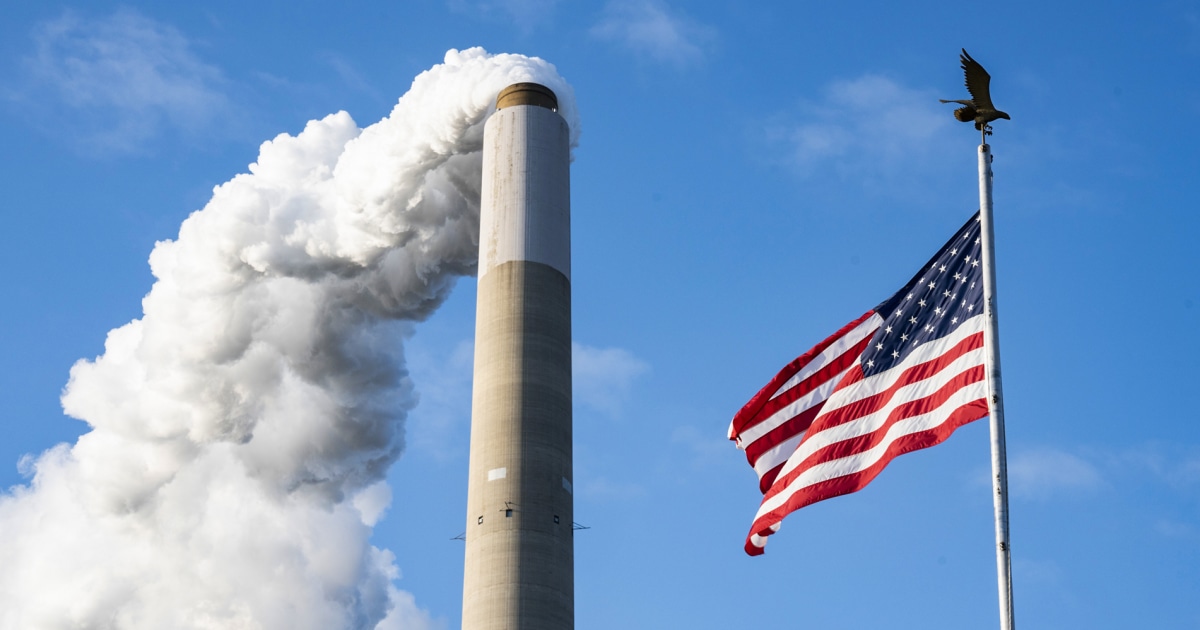WASHINGTON — Conservative members of the Supreme Court on Wednesday seemed to be leaning toward blocking a Biden administration policy aimed at reducing air pollution that crosses from one state to another and creates harmful smog.
The court heard arguments in four related cases involving challenges to the policy brought by three Republican-led states — Indiana, Ohio and West Virginia — and various affected industries, including natural gas pipeline operators.
The Supreme Court, which has a 6-3 conservative majority, is skeptical of broad exertions of federal power on regulatory issues, including the environment.
Based on the oral arguments, it appears there is a majority to block the regulation in question while litigation continues in lower courts.
Several justices suggested the Environmental Protection Agency had failed to adequately explain why court rulings in separate cases that have blocked application of the rule against 12 of the 23 states it covers does not undermine its overall validity.
“It’s just not explained,” conservative Justice Brett Kavanaugh said. The agency “pretended nothing happened,” he added.
Other conservative justices raised similar concerns, with Justice Neil Gorsuch saying that when the EPA found out the plan might not apply to all the states “nobody got an opportunity to comment on that” as part of the rule-making process.
The court’s three liberal justices appeared united in believing it would be wrong for the court to intervene in the litigation when no lower court has yet ruled.
Justice Ketanji Brown Jackson said it would be “fairly extraordinary” for the court to step in.
“I’m trying to understand what the emergency is that warrants Supreme Court intervention at this point,” she added.
Justice Elena Kagan said it remained unclear whether challengers had met the requirements for the court to block the rule.
“The idea that you can be here and be demanding emergency relief just because states have kicked up a lot of dust seems not the right answer to me,” she added.
The “good neighbor plan,” introduced by the EPA last year, seeks to curb nitrogen oxide pollution from industrial facilities. If implemented in full, it would apply to 23 “upwind” states whose emissions can contribute to pollution in “downwind” states.
The EPA says the plan would help prevent premature deaths, reduce emergency room visits and cut asthma symptoms by limiting the amount of smog.
Under the Clean Air Act, states get a chance to draw up their own pollution control plans. Each state has a responsibility under the law to be a “good neighbor,” meaning that its plans address pollution that can contribute to other states that are not meeting their own obligations.
The EPA can step in to adopt its own plan, which is what happened last year. The three states object to the federal government’s approach, saying in part that they didn’t have enough time to come up with their own plans.
Republican-led states frequently complain about robust EPA interventions over environmental policy, citing it as an example of federal overreach that infringes on the right of states to govern themselves. Industry groups say the rule imposes substantial costs that cannot be clawed back if it is allowed to remain in effect.
The EPA has lost two significant cases at the Supreme Court in recent years. In 2022, the court limited the ability of the Environmental Protection Agency to use the Clean Air Act to combat emissions that contribute to climate change. Last year, the court weakened the landmark Clean Water Act by limiting the EPA’s regulatory oversight over wetlands.
Recently, the court has been treating environmental policies like they are “guilty until proven innocent,” said Sam Sankar, a lawyer at environmental group Earthjustice.

